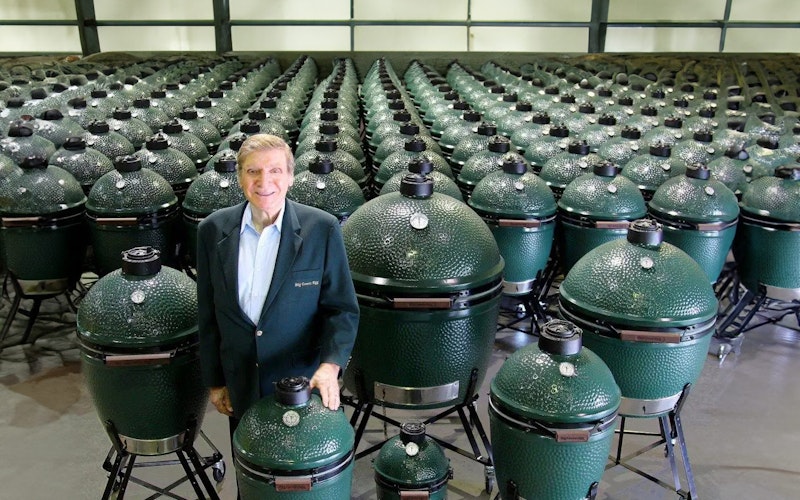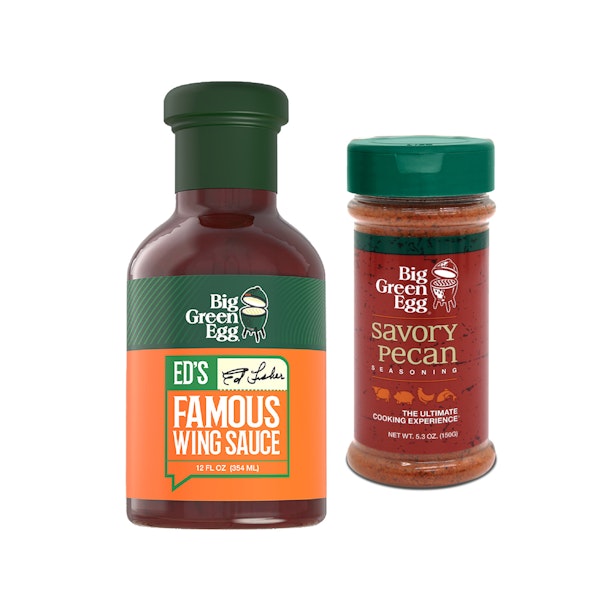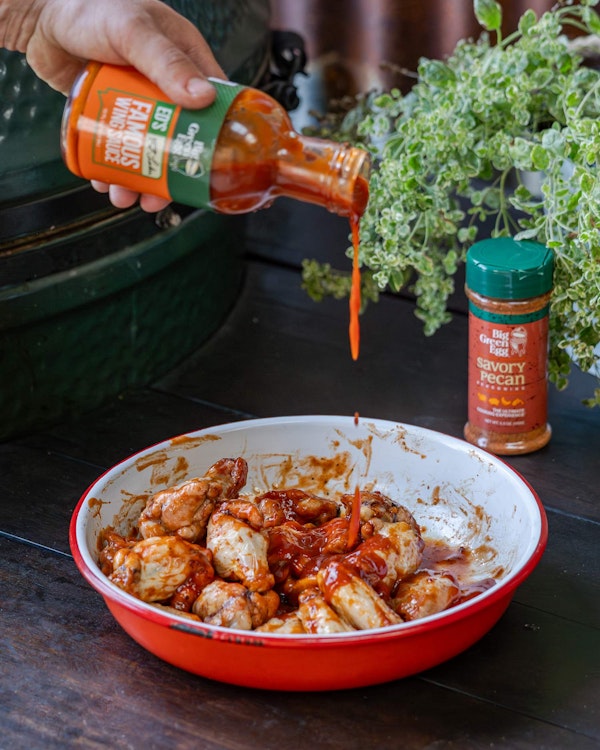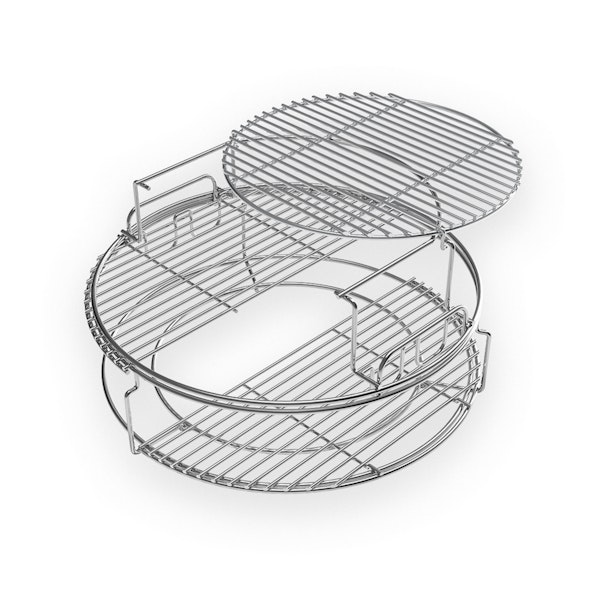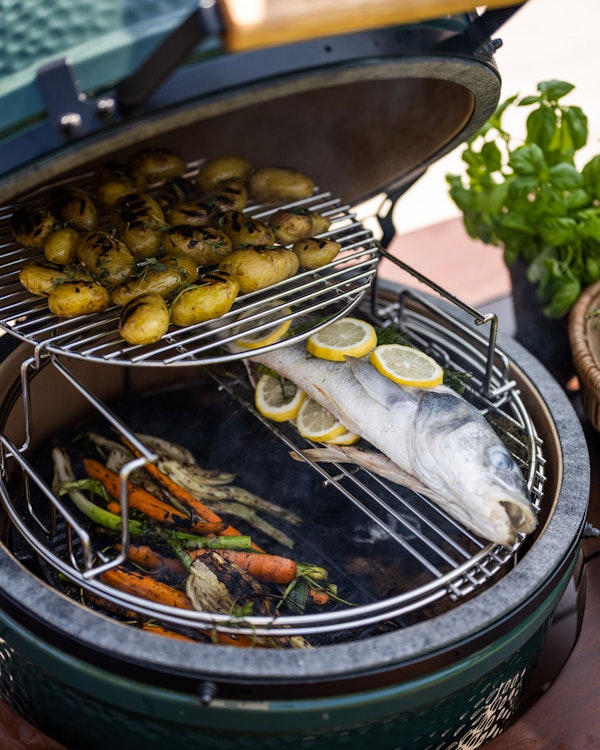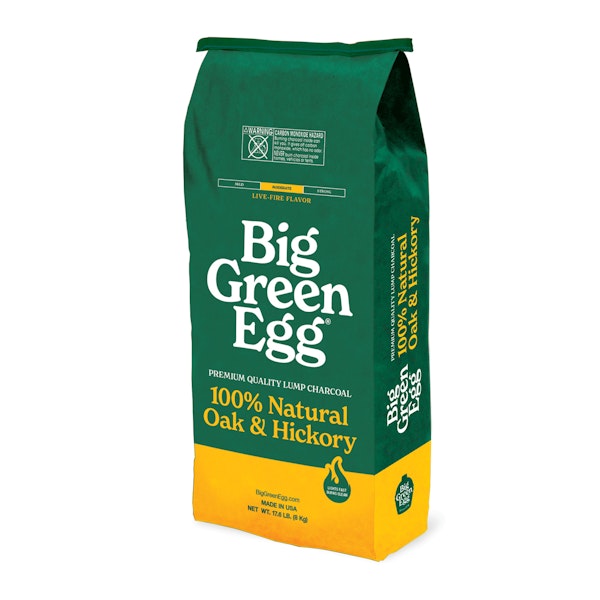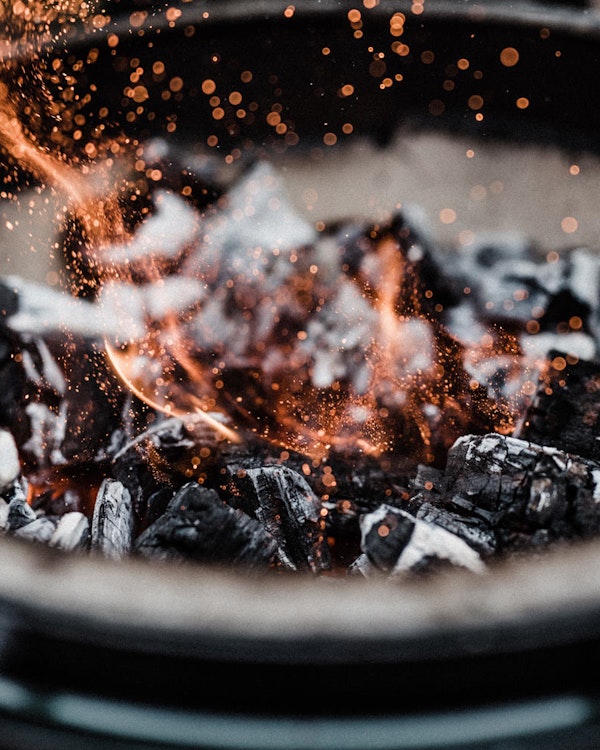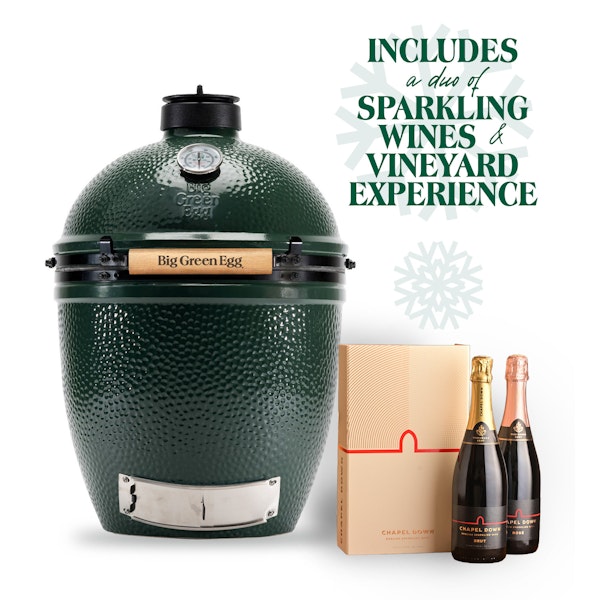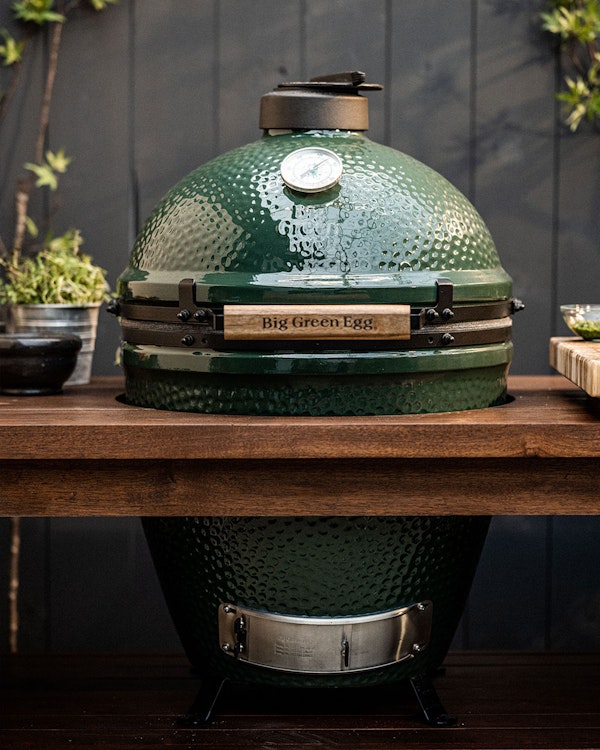How did you come to be importing kamado ovens?
My core business was importing and selling Japanese pachinko machines, a popular arcade game at the time. The pachinko machines were a seasonal product, so I aimed to cover the quiet months with the sale of kamados. The kamado was virtually unknown in the US at that time – the American barbecue scene used kettle barbecues. Only a few of the soldiers who had been stationed in Japan had taken this type of cooking device home with them. They fitted the kamado with a grill and used it as a smoker and barbecue. I remember when I first cooked on a kamado and tasted the results – it was amazingly juicy and delicious! At first, I thought I might be imagining it because I was hungry, but it tasted just as good every single time.

Famously, you cooked chicken wings on a kamado outside your store to attract people in. What made you choose wings?
I chose them because I was low on budget and they weren’t that expensive! Passersby didn’t know what they were tasting. I remember that I had only just opened the store and someone tasted a chicken wing; half an hour later, I sold my first kamado. At that moment I thought, wow, I could be onto something here. But I never thought the concept would develop to become so huge.
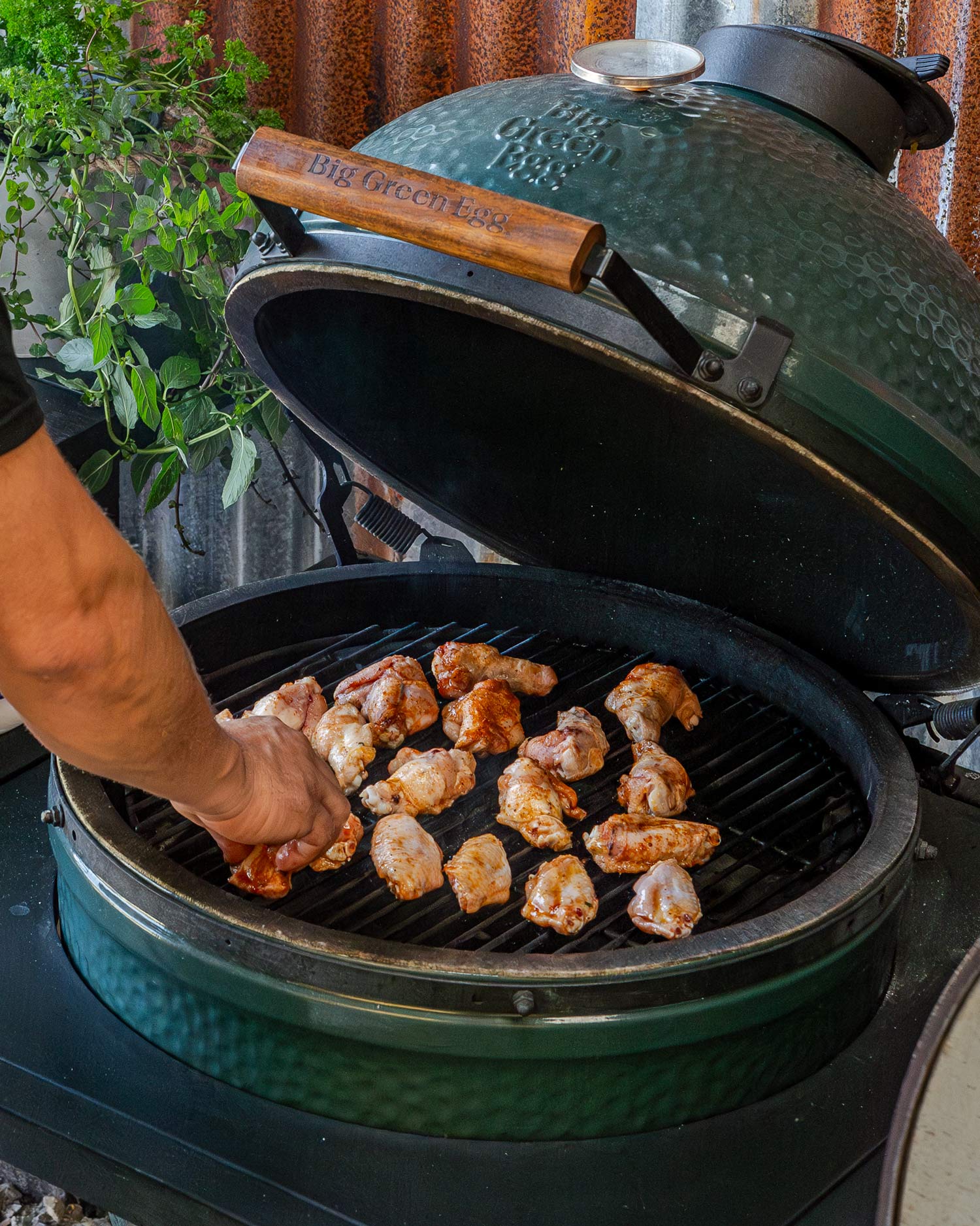
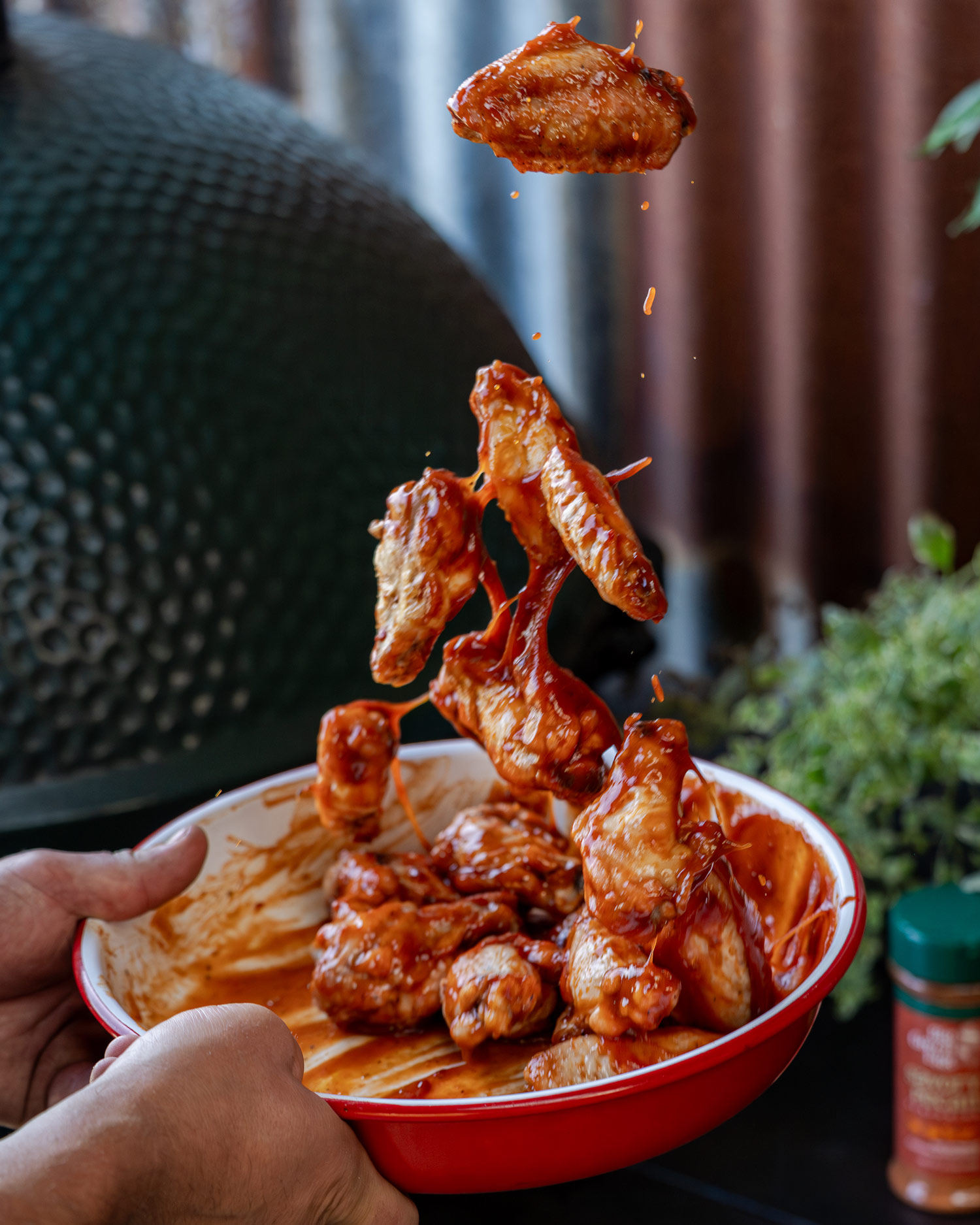
Why do you think it took off so quickly?
People discovered the benefits of a kamado. Besides the tasty result, it also consumed less fuel than a kettle barbecue. The customers who bought one cooked for family and friends, who then shared their excitement. After a few years, sales of the pachinko machines declined, as electronic video games took off, and my focus shifted full time to selling and developing kamados.
You soon went from importing Asian kamados to making your own. What prompted that?
I became dissatisfied with the quality and thermal properties of the clay-made kamados from Asia. They were fragile, resulting in frequent breakage during transport and rapid temperature changes during use. The ceramic element had to be stronger, more durable and lighter, but also have better heat-insulating properties. I wanted to make the best kamado in the world.
Your search for the perfect ceramics took you to the Georgia Institute of Technology (Georgia Tech), which for years had been researching lightweight ceramics capable of withstanding extreme heat, including those used by NASA. How did that relationship play out?
One of my friends was working at the facility where these ceramics were developed. He advised me on how to choose the ultimate ceramic for the Big Green Egg and recommended a high-tech factory in Mexico where the ceramic parts could be made. In the mid-1990s, we stopped importing kamados from Asia and began to produce the Big Green Egg ourselves. The EGGs were also coated with a solid porcelain enamel. From that moment on, all ceramic parts of the Big Green Egg were made in North America, and today all the components of the entire EGG are sourced from within the Americas.
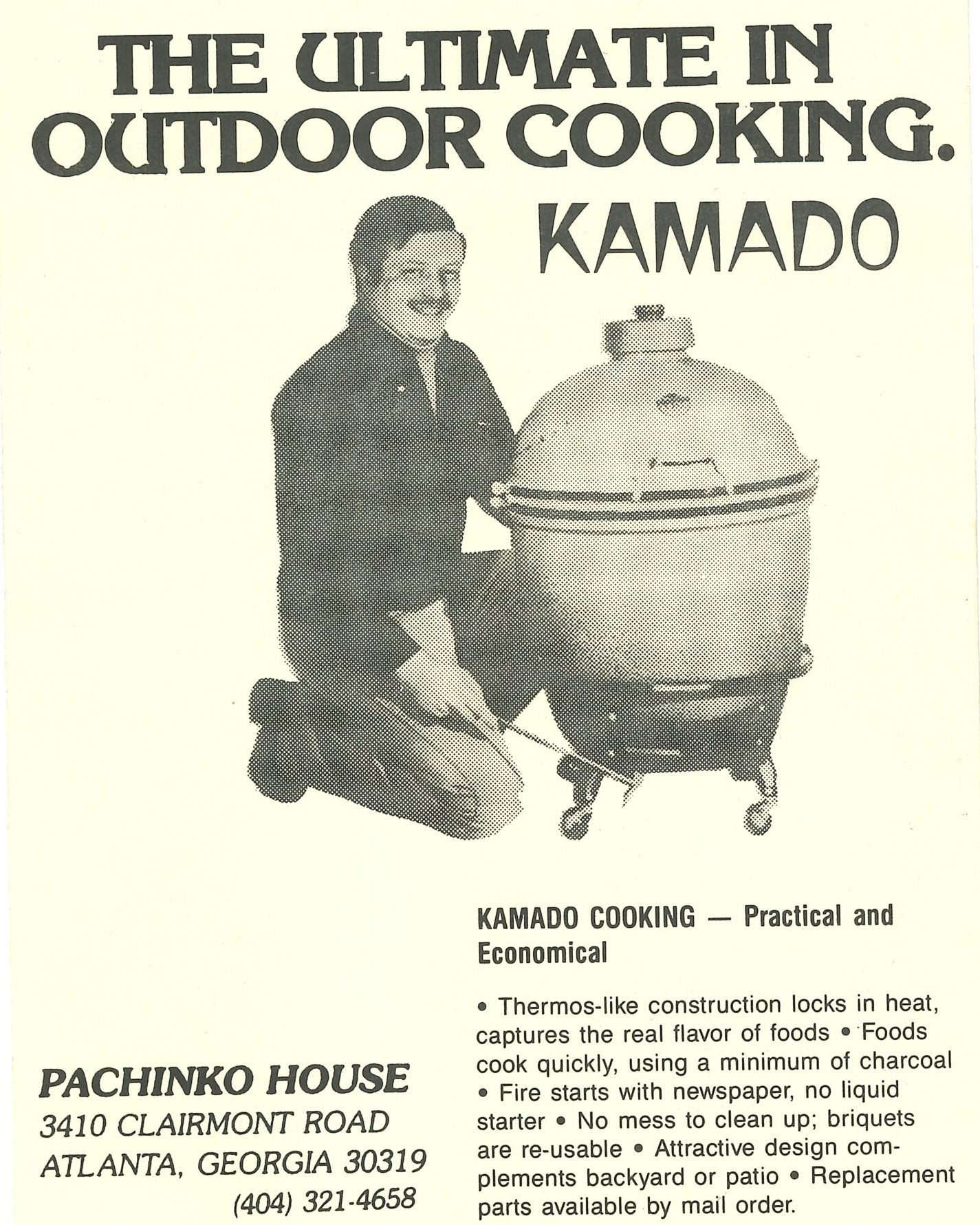
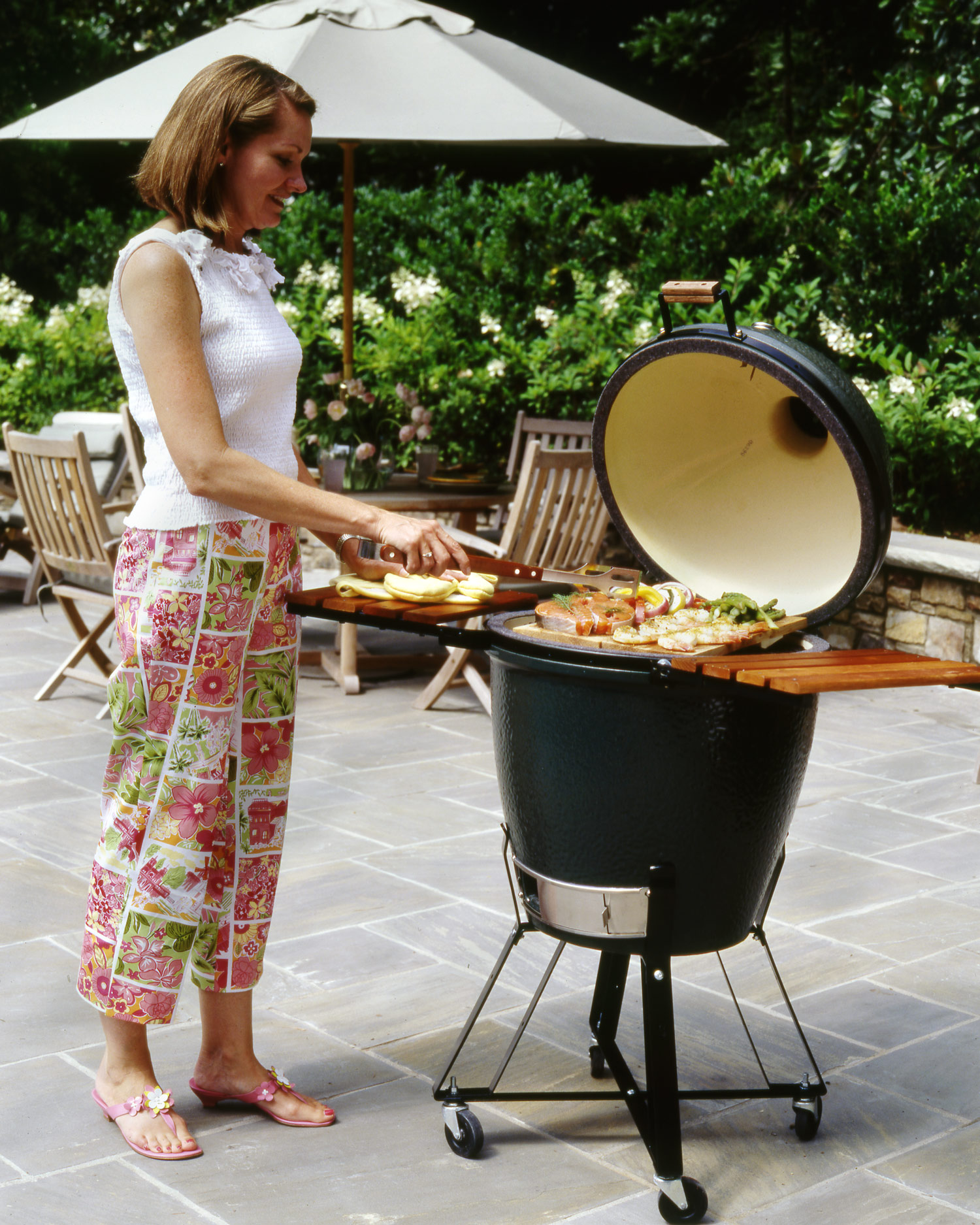
What is it you think makes the Big Green Egg so special?
The Big Green Egg is the only kamado produced to this standard of quality with the raw materials that we use, unlike most kamados that still come from Asia. Ordinary ceramics are less solid, less durable, and much less heat-insulating than the NASA-developed ceramic from which the Big Green Egg is made. The ceramic of the Big Green Egg consists of a unique and carefully balanced fine clay composition. This gives the ceramic a fine structure and makes it strong and durable. Thanks to the amazing insulating properties of the ceramic, the Big Green Egg uses charcoal economically and the temperature is very stable. Fine ceramics also absorb less moisture from ingredients than kamados with coarser ceramics. That means food keeps its flavour and doesn't dry out. Another important point is that when heated, ceramics expand and then shrink again when cooled. Thanks to the superior structure of Big Green Egg ceramic, this happens more evenly so the risk of cracking is minimal.
What do you think the next 50 years will hold?
The number of fans is still growing and we’re hugely proud of that fact. The Big Green Egg is the result of 50 years of a solid foundation, plus innovation, research and development, where every detail has been extensively examined and tested. Over the years, we have developed a unique cooking appliance and achieved the goal of producing the best kamado in the world. We are still investing in ongoing improvements so that Big Green Egg remains the best kamado-style cooker worldwide. It’s safe to say that the Big Green Egg has often been imitated but never equalled, and we intend for it to stay that way for another 50 years to come!”
